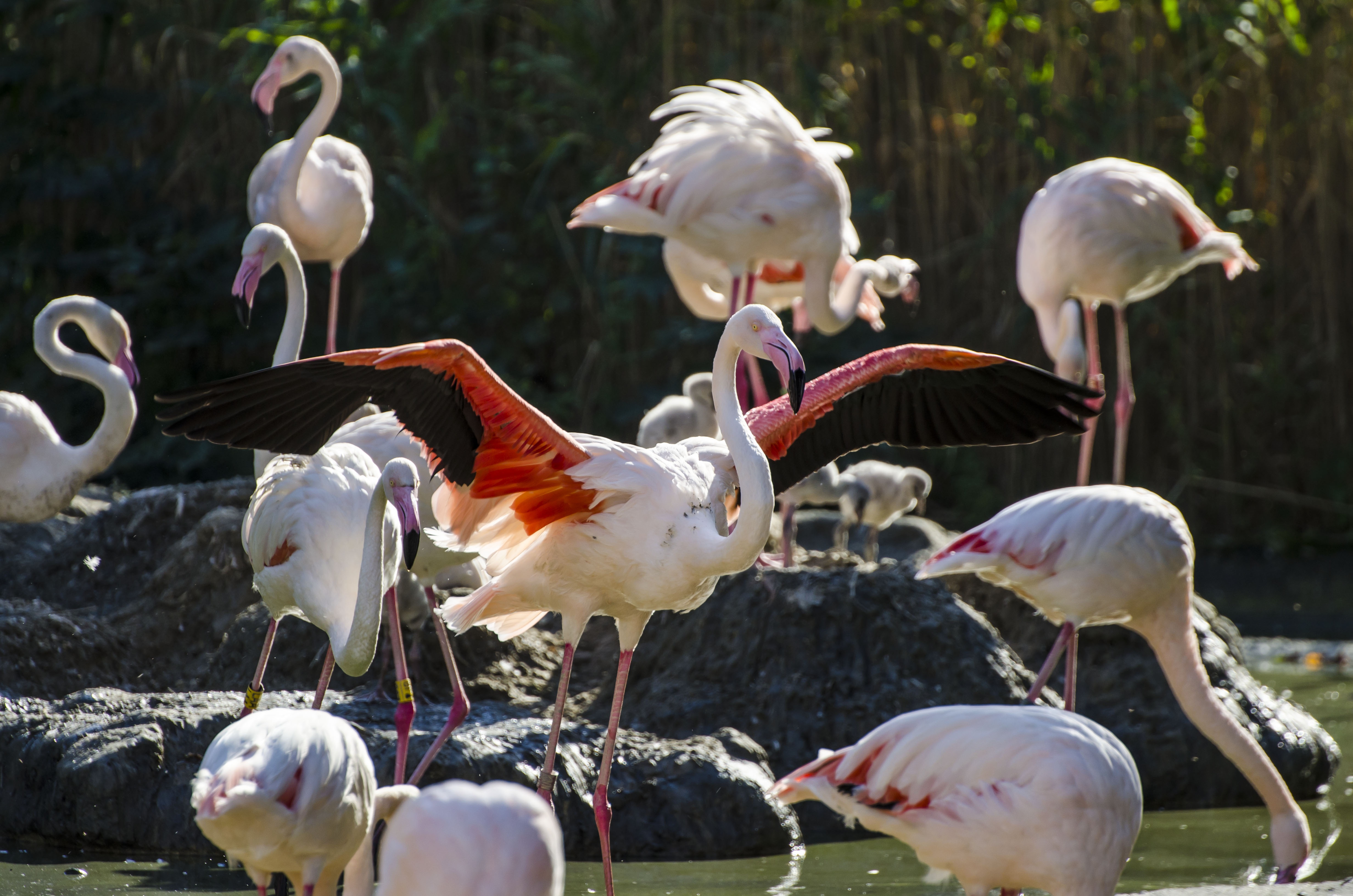Originally intended by Emperor Franz I to be a menagerie in Schönbrunn Palace Park, the oldest zoo in Europe opened in the summer of 1752 after only one year of construction. At first, the menagerie was reserved exclusively for the imperial family, and it wasn’t until 1778 – at least on Sundays – that the public could also visit the zoo.
Around 1800, the zoo already offered amazing attractions like an elephant, wolves, bears, polar bears, big cats, hyenas and kangaroos — the exotic animals turned out to be spectator magnets and soon the zoo was open daily to visitors. In 1828, the zoo acquired its first giraffe – a gift from the Viceroy of Egypt.
In the late 19th century, the zoo underwent a process of modernisation under Alois Kraus, the director of the zoo, and acquired its current look, making it one of the most beautiful and modern zoos in the world at the beginning of the 20th century. Since 1926, the former menagerie’s official title is “tiergarten,” or zoo.
Tiergarten Schönbrunn is committed to the breeding and preservation of endangered animal species and is active in zoological, historical and veterinary research together with the University of Veterinary Medicine, Vienna and Vienna University’s Department of Evolutionary Biology, which is part of its Faculty of Life Sciences.
The zoo, which attracts around two million visitors a year, currently covers an area of 17 hectares and houses 722 species with 8,409 individual animals. Tiergarten Schönbrunn is – together with the palace and the palace park – part of UNESCO’s World Cultural Heritage Schönbrunn.

